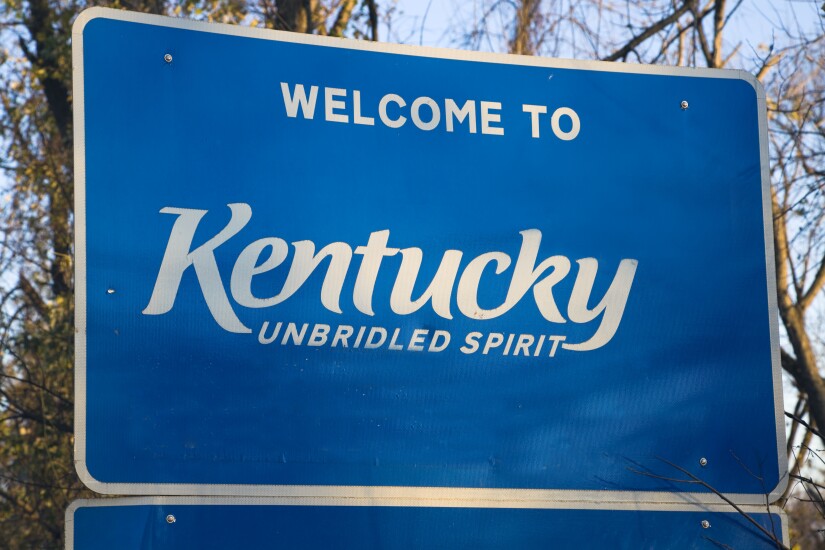Any way it’s measured, 2018 was a momentous year in state tax developments. State tax professionals experienced a “Super Bowl and Olympics” in the form of the Supreme Court decision in Wayfair and the state and local tax implications of federal tax reform in the Tax Cuts and Jobs Act, according to Jamie Yesnowitz, principal and SALT national tax office leader at Top Six firm Grant Thornton. “Cleary the top two developments of 2018 were Wayfair and the implications of federal tax reform,” he said. “With respect to Wayfair, there’s the decision itself to analyze, South Dakota’s response to Wayfair, and then, of course, other states’ responses by providing their own economic nexus statutes.”
Here are the top state tax developments of 2018, according to Yesnowitz and the Grant Thornton SALT national tax office.















